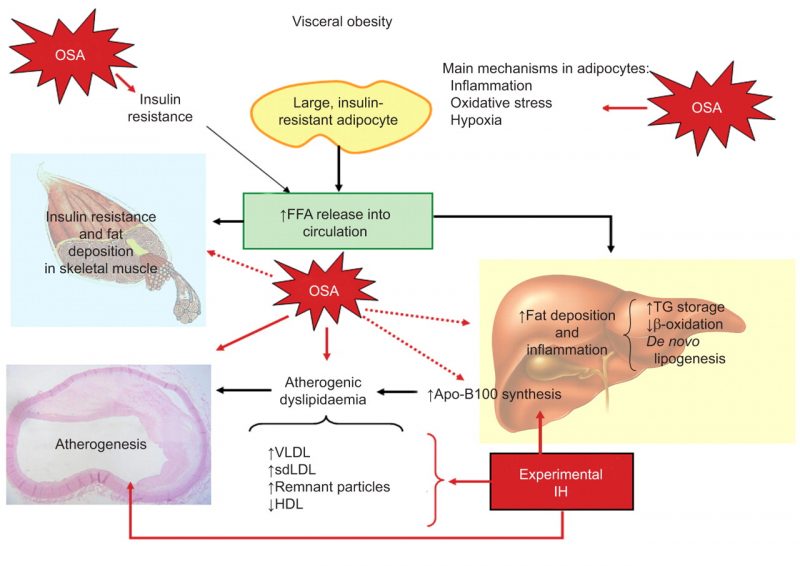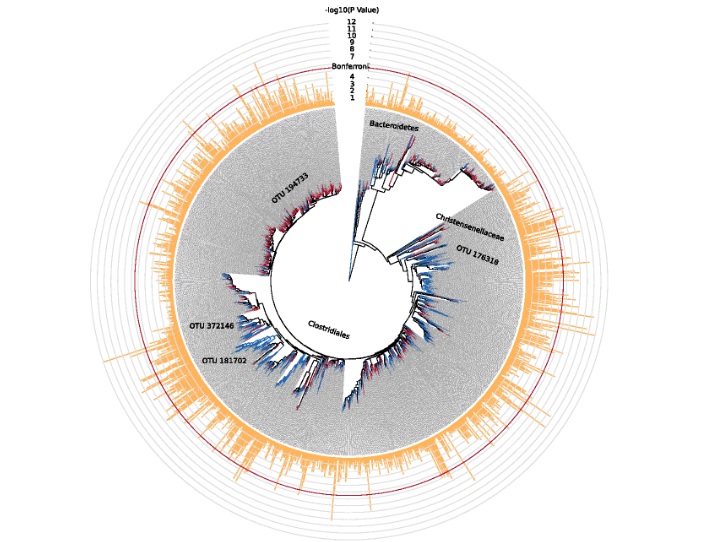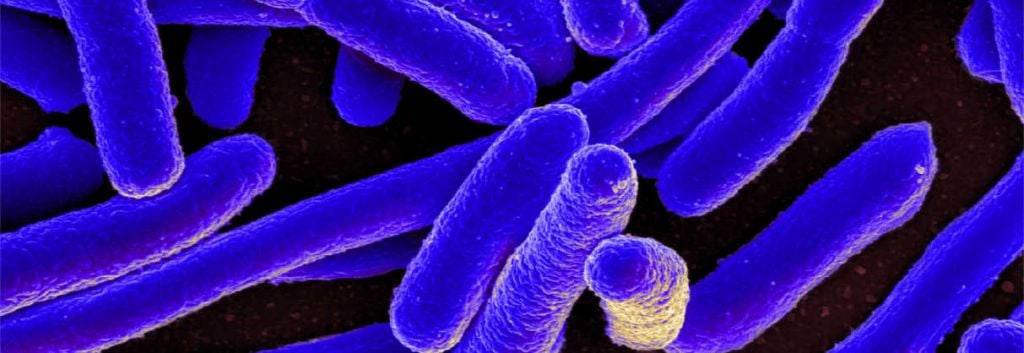Newsletter Signup - Under Article / In Page
"*" indicates required fields
Researchers at King’s College London have found a new link between gut microbiome diversity (or, more specifically, the lack of it) and a particularly troubling kind of obesity. This finding could also help explain the inheritability of this disease.
 The explosive growth of the Microbiome field promises a whole new type of therapies, but this young area is still very much at work understanding how our microbial “stowaways” impact our health. The composition of the microbiome has been linked to things as seemingly distant as growth in malnutrition conditions. However, one of the biggest areas of interest is a bit more obvious – what role does gut microbiota play in obesity? There’s growing evidence of a relationship, including a case where a fecal transplant may have led to obesity.
The explosive growth of the Microbiome field promises a whole new type of therapies, but this young area is still very much at work understanding how our microbial “stowaways” impact our health. The composition of the microbiome has been linked to things as seemingly distant as growth in malnutrition conditions. However, one of the biggest areas of interest is a bit more obvious – what role does gut microbiota play in obesity? There’s growing evidence of a relationship, including a case where a fecal transplant may have led to obesity.
New research from King’s College London (in collaboration with Cornell University, University of Colorado and KU Leuven) the link between the microbiome and obesity, with one of the largest studies in the area. In particular, it’s the first to show that the microbiome is associated with visceral fat, stored in the abdomen between internal organs. This belly fat carries a higher risk of metabolic diseases – such as type 2 diabetes.

Published in Genome Biology, the study looked at data from 1,313 twins (from the biobank TwinsUK). It found that people with a more diverse range of gut microbes had lower levels of visceral fat.
Wait, but why look at data from twins? The initial goal of the study was to shed new light on the heritability of obesity, which isn’t fully understood yet. Although some genes were identified as risk factors, their individual impact doesn’t add up to the entire effect – that is, how likely you are to be obese if your parents were as well.

A missing part of the puzzle could be in the microbiome. Projects like MetaSUB aim to look at the interaction between our environment and microbiome composition, but a large part of our microbiome is inherited – as this BioArtist explored in her work. Are we inheriting “fat microbes”? To add to the complexity, our genes can also impact the microbiome – indirectly contributing to obesity.
The researchers describe several microbes and human genes that play a role in higher visceral fat. Their exact mechanisms still have to be discovered, but understanding them could help develop new solutions for obesity – joining the first wave of microbiome-based therapies already fighting for approval.
Feature Image Credit: E. coli bacteria (CC 2.0 NIAID/Flickr)
Figure 1 Credit: Bonsignore et al. (2012) Adipose tissue in obesity and obstructive sleep apnoea. European Respiratory Journal (doi: 10.1183/09031936.00047010)
Figure 2 Credit: Beaumont et al. (2016) Heritable components of the human fecal microbiome are associated with visceral fat, Genome Biology (doi: 10.1186/s13059-016-1052-7)






